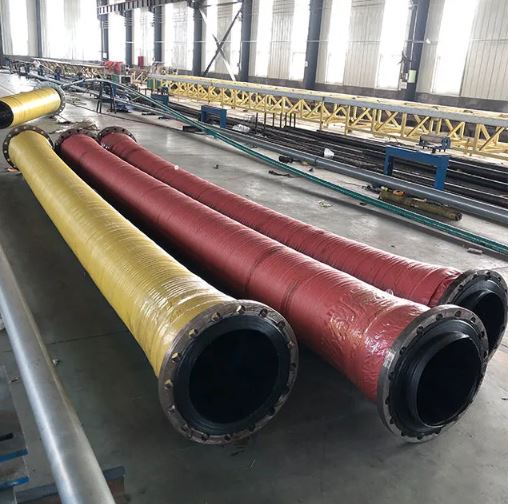oxygen and acetylene hoses
Understanding Oxygen and Acetylene Hoses Safety and Applications
Oxygen and acetylene hoses are essential components in the world of welding and cutting. These specialized hoses are used to transport oxygen and acetylene gas from tanks to welding torches, enabling a variety of metalworking processes. Understanding the function, composition, and safety measures associated with these hoses is crucial for anyone involved in these industries.
Composition and Design
Oxygen and acetylene hoses are specifically designed to handle the unique properties of the gases they transport. Typically, these hoses are color-coded to prevent confusion—green for oxygen and red for acetylene. They are constructed from durable rubber or synthetic materials that can withstand the high pressures required for gas transport. Both hoses are reinforced with layers of textile or braided materials to enhance their strength and flexibility, ensuring they are suitable for rigorous industrial and workshop environments.
Applications
The primary application of oxygen and acetylene hoses is in oxy-fuel welding and cutting processes. When mixed and ignited, these gases create a flame that can reach temperatures upwards of 3,200 degrees Celsius, ideal for melting and fusing metals. Additionally, these hoses are used in various industries, including metal fabrication, automotive repair, and construction, where precision cutting and welding are vital.
Safety Considerations
While oxygen and acetylene hoses play a critical role in many industrial applications, they also pose significant safety risks if not handled correctly. Oxygen is a powerful oxidizer and can greatly enhance the combustion of materials. Acetylene, on the other hand, is highly flammable and poses a risk of explosion if not stored or transported correctly.
oxygen and acetylene hoses

Here are some essential safety measures to consider
1. Regular Inspections Regularly inspect hoses for signs of wear, cracks, or leaks. Any damaged hoses should be replaced immediately to prevent gas leaks that could lead to fires or explosions.
2. Proper Storage Always store oxygen and acetylene tanks in an upright position and secure them to prevent tipping. They should also be kept in well-ventilated areas away from flammable materials.
3. Safe Connections Ensure that the hoses are properly connected to the gas supply and the torch, using appropriate fittings to secure against leaks.
4. Avoid Mixing Hoses Never use or connect oxygen hoses to acetylene fittings and vice versa. Mixing the hoses could lead to disastrous consequences, including gas leaks or explosions.
5. Training and Awareness Individuals using oxy-fuel systems should receive proper training on safe handling practices and emergency response to incidents involving gases.
In conclusion, oxygen and acetylene hoses are fundamental in welding and cutting operations. Their effective use is pivotal in achieving high-quality results while ensuring safety in the workplace. By adhering to best practices and safety measures, individuals can harness the remarkable capabilities of these gases while minimizing potential risks.
-
Top Quality Oxy Acetylene Hoses for Sale Fit for Welding DemandsNewsJul.28,2025
-
The Future of Pneumatic Air Tubes in IndustryNewsJul.28,2025
-
Superior and Reliable LPG Hose Pipe Solutions for Every NeedNewsJul.28,2025
-
Exceptionally Durable and Versatile Premium Braided PVC TubingNewsJul.28,2025
-
Best Adapters for Connecting Garden Hose to PVC Pipe ConnectionsNewsJul.28,2025
-
The Essential Role of LPG Hoses in Safe and Efficient Gas DistributionNewsJul.16,2025














